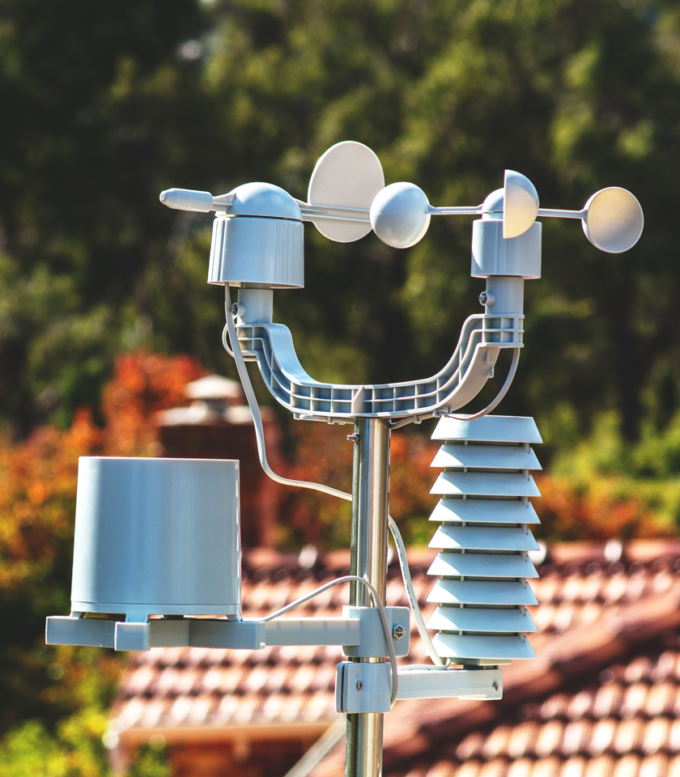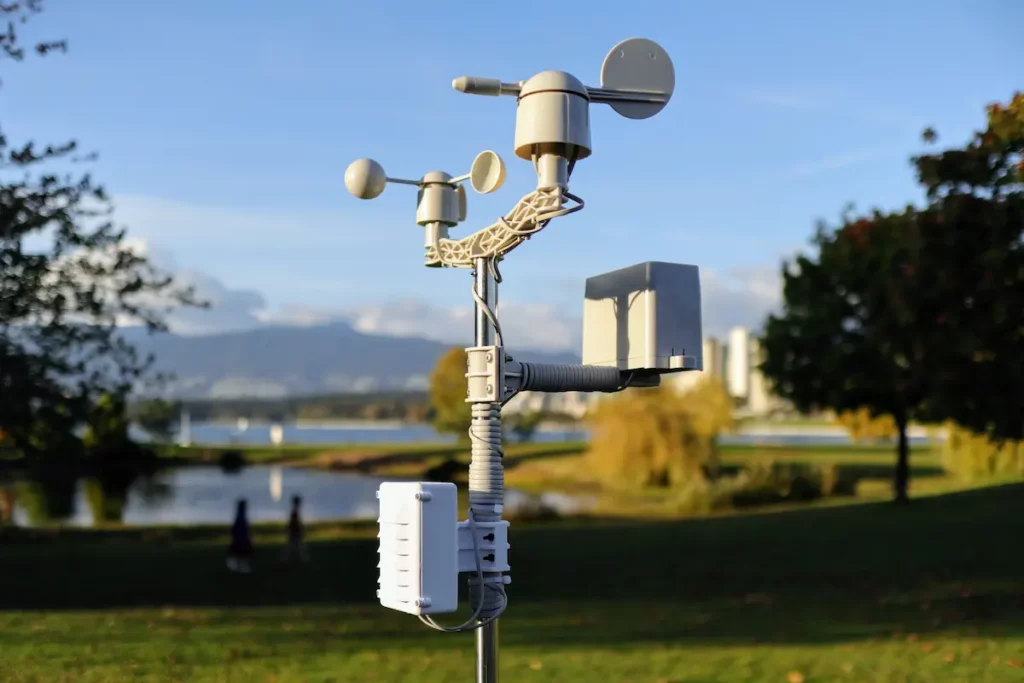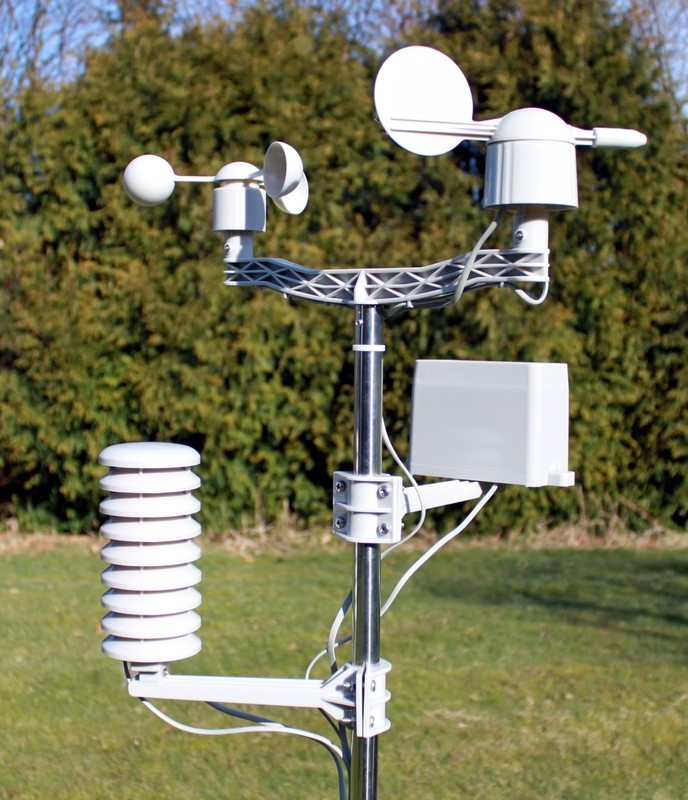Portable Weather Stations: The Future of Weather Monitoring
The quest to understand and predict weather patterns has been a perpetual pursuit of humanity. From ancient civilizations observing celestial phenomena to modern-day meteorologists utilizing sophisticated technology, the evolution of weather monitoring has been profound. In this journey of innovation, portable weather stations emerge as a beacon of progress, offering unparalleled convenience, accuracy, and adaptability in weather monitoring. In this comprehensive exploration, we delve deeper into the realm of portable weather stations, elucidating their significance, functionality, and the transformative potential they hold for the future of weather monitoring.
Table of Contents
Understanding Portable Weather Stations:
Portable weather stations, a marvel of modern engineering, embody the essence of mobility and precision in weather monitoring. Unlike their static counterparts, which are confined to fixed locations, portable weather stations transcend geographical boundaries, enabling data collection from remote and dynamic environments. Equipped with an array of sensors for measuring temperature, humidity, barometric pressure, wind speed, and direction, among other variables, these compact devices offer a holistic perspective of atmospheric conditions.

The Evolution of Weather Monitoring:
The lineage of weather monitoring is rich with innovation and technological breakthroughs. From the rudimentary instruments of antiquity to the sophisticated satellite systems of today, the journey has been marked by relentless progress. Early pioneers relied on basic tools such as thermometers, barometers, and wind vans to decipher atmospheric cues, laying the foundation for more advanced methodologies. With the advent of networked weather stations and remote sensing technology, the scope and precision of weather monitoring expanded exponentially. However, the quest for mobility and accessibility spurred the development of portable weather stations, heralding a new era in meteorological instrumentation.
Key Features and Components:
The architecture of portable weather stations encompasses a diverse array of components, each meticulously designed to fulfill specific functions and optimize performance. Among the key features and components are:
Sensors: At the heart of every portable weather station lie sophisticated sensors tasked with capturing a myriad of atmospheric parameters. These sensors employ cutting-edge technologies such as thermistors, capacitive humidity sensors, and ultrasonic anemometers to ensure precise and reliable measurements across diverse environmental conditions.
Data Acquisition Systems: Integral to the operation of portable weather stations are robust data acquisition systems, responsible for processing and logging sensor data in real-time. Advanced algorithms and signal processing techniques enable accurate interpretation of raw sensor readings, facilitating comprehensive weather analysis and prediction.
Power Management Systems: Given their inherent mobility, portable weather stations rely on versatile power management systems to sustain prolonged operation in remote or off-grid locations. Battery packs, solar panels, and energy harvesting mechanisms work in tandem to provide an uninterrupted power supply, ensuring continuous data collection and transmission.
Communication Interfaces: Seamless connectivity is essential for integrating portable weather stations into broader weather monitoring networks. Wi-Fi, cellular, and satellite communication interfaces enable remote access to weather data, facilitating real-time monitoring, analysis, and dissemination through online platforms and applications.

Applications and Use Cases:
The versatility and agility of portable weather stations render them indispensable across various industries and applications. Some prominent use cases include:
Outdoor Recreation: Enthusiasts and adventurers rely on portable weather stations to assess environmental conditions during outdoor activities such as hiking, camping, and mountaineering. Real-time weather data empowers individuals to make informed decisions and mitigate risks associated with adverse weather events.
Agriculture and Farming: In agriculture, portable weather stations play a pivotal role in optimizing crop management practices and resource allocation. Farmers leverage weather data to monitor microclimates, tailor irrigation schedules, and implement precision farming techniques, enhancing crop yields and conserving water resources.
Construction and Infrastructure: Construction projects are inherently vulnerable to weather-related disruptions, underscoring the importance of real-time weather monitoring. Portable weather stations stationed at construction sites provide critical insights into changing weather conditions, enabling project managers to optimize workflows, ensure worker safety, and mitigate delays.
Emergency Response and Disaster Management: During natural disasters and emergencies, timely access to weather data is paramount for effective disaster response and mitigation. Portable weather stations deployed in disaster-prone areas serve as early warning systems, providing vital information to emergency responders, government agencies, and humanitarian organizations.
The Future of Weather Monitoring:
As we peer into the horizon of weather monitoring, the future appears increasingly dynamic and interconnected. Portable weather stations, poised at the vanguard of innovation, are primed to shape this future in profound ways. Key trends and developments that are set to define the trajectory of portable weather stations include:
Advancements in Sensor Technology: Continued advancements in sensor technology will drive miniaturization, precision, and versatility in portable weather stations. Emerging sensor modalities such as hyperspectral imaging and LIDAR hold promise for unlocking new dimensions of atmospheric observation and analysis.
Integration with IoT and Big Data Analytics: The convergence of portable weather stations with IoT platforms and big data analytics will usher in a new era of interconnected weather monitoring ecosystems. Real-time data streaming, cloud-based analytics, and machine learning algorithms will enable more accurate weather forecasts, climate modeling, and risk assessment on a global scale.

Citizen Science and Crowdsourcing Initiatives: The democratization of weather monitoring through citizen science initiatives and crowdsourcing platforms will democratize access to weather data and foster community engagement. By empowering citizens to participate in data collection and analysis, portable weather stations will amplify the collective intelligence of society, driving innovation and resilience in weather monitoring.
Climate Change Adaptation and Resilience: In the face of climate change and its myriad impacts, portable weather stations will play a pivotal role in building adaptive capacity and resilience at local, regional, and global scales. By providing real-time insights into changing climate patterns, these devices will empower communities to implement proactive mitigation measures and adaptive strategies, thereby safeguarding lives, livelihoods, and ecosystems.
Conclusion:
In conclusion, portable weather stations epitomize the fusion of technology, innovation, and resilience in weather monitoring. As we navigate the complexities of an ever-changing climate, these nimble devices stand as beacons of hope, offering actionable insights and foresight into atmospheric dynamics. By harnessing the power of mobility, connectivity, and collaboration, portable weather stations are paving the way toward a future where weather monitoring is not just a science but a shared endeavor—a testament to the indomitable spirit of human ingenuity in the face of nature’s forces.

